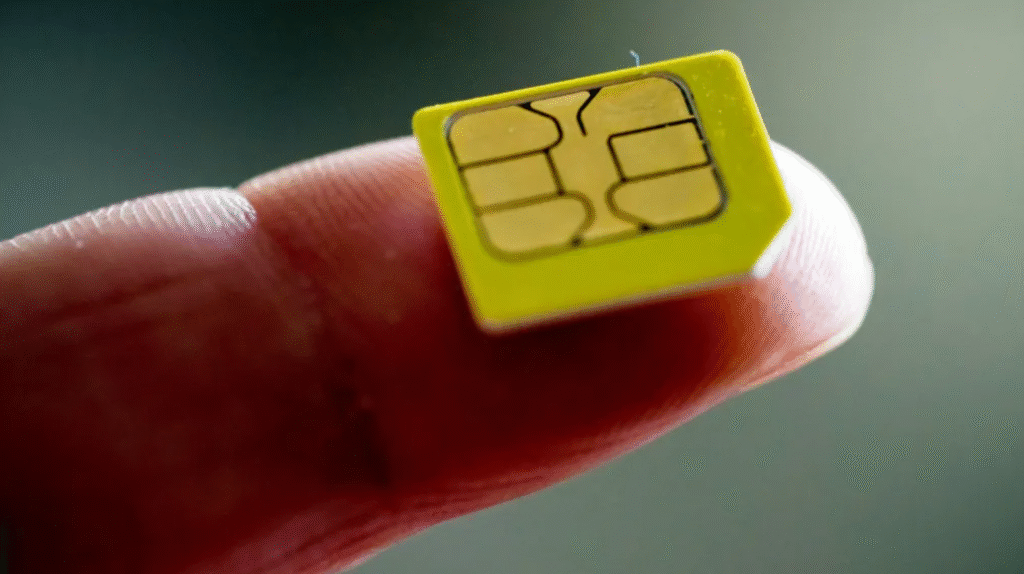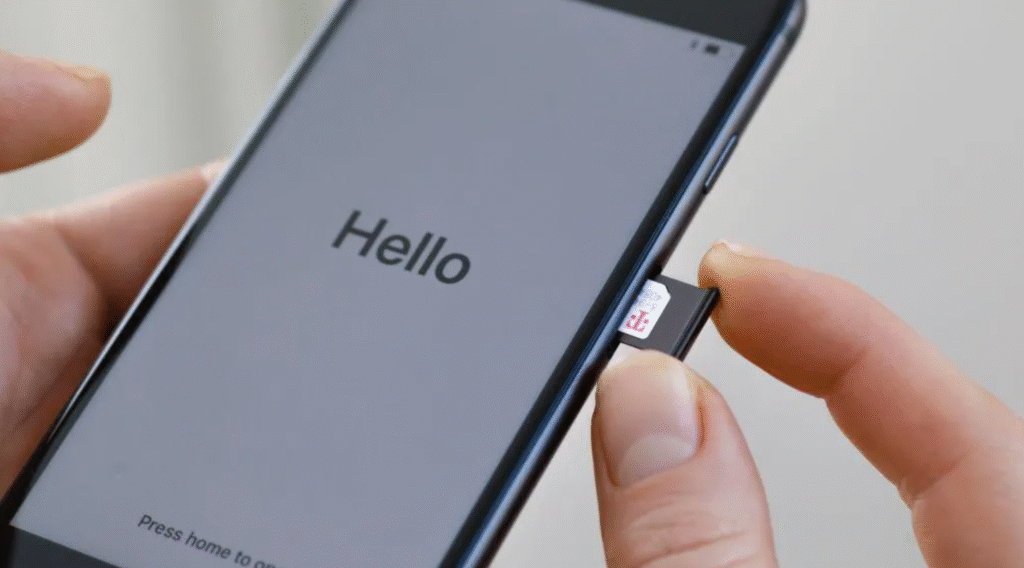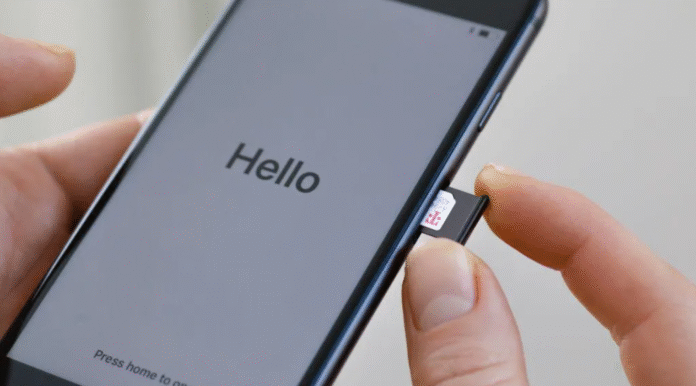eSim iPhone Revolution: Is Apple Ending the Physical SIM Card?
The eSim iPhone revolution is here, and it might spell the beginning of the end for the tiny plastic SIM cards we’ve all used for decades. With the launch of the new iPhone Air, Apple has made a bold move: removing the SIM card tray entirely and going all-in on eSim technology.
For years, slipping a SIM card into a new phone has been a rite of passage for mobile users. But with Apple leading the charge, industry experts believe that physical SIM cards are on their way out. The iPhone Air won’t accept a physical SIM at all, it operates only with an eSim.
According to analyst Kester Mann of CCS Insight, Apple’s announcement “marks the beginning of the end of the physical SIM card.”
So, how soon will we all ditch our plastic SIMs? And what does this mean for the way we connect, travel, and use our smartphones?

eSim iPhone Revolution: What Makes eSim Different?
To understand the eSim iPhone revolution, let’s revisit what a SIM card is. SIM stands for Subscriber Identity Module. That little chip is what allows your phone to connect to your carrier, send texts, make calls, and use mobile data.
The eSim, short for “embedded SIM,” takes this functionality and integrates it directly into the device. Instead of inserting a physical card, users can activate or switch carriers digitally, usually by scanning a QR code or downloading carrier settings.
This shift eliminates the need for SIM trays, fiddly ejector pins, or worries about losing or damaging a tiny plastic card.
eSim iPhone Revolution: Apple’s Bold Step
Apple’s new iPhone Air, the thinnest iPhone ever made, will be available globally as eSim-only. U.S. buyers are already familiar with the concept, as Apple introduced eSim-only iPhones there back in 2022.
Other new iPhones, like the iPhone 17, 17 Pro, and 17 Pro Max, will also launch as eSim-only in select markets. However, in many countries, they will still include physical SIM slots, showing Apple isn’t cutting ties completely just yet.
Still, experts agree this signals the direction the mobile industry is heading. According to CCS Insight, there were already 1.3 billion eSim-enabled smartphones in use by the end of 2024, and that number is forecast to hit 3.1 billion by 2030.
As analyst Paolo Pescatore put it: “In time, expect the SIM tray to disappear altogether.”
eSim iPhone Revolution: Benefits You Can’t Ignore
So, why is the eSim iPhone revolution gaining momentum? The technology offers several advantages:
- More Internal Space – Removing SIM trays frees up precious space inside devices. Apple and other manufacturers can use this extra room for larger batteries, better cameras, or slimmer designs.
- Eco-Friendly – Eliminating billions of plastic SIM cards reduces waste, making the switch a win for the environment.
- Seamless Travel – Travelers can switch to local carriers abroad instantly without buying a physical SIM. This means cheaper data plans and no more “bill shock” when roaming.
- Fewer Store Visits – With eSim, users don’t have to visit carrier stores to set up service. Everything can be done digitally within minutes.
These advantages show why Apple is so confident in pushing this change.
eSim iPhone Revolution: The Challenges Ahead
While the benefits are clear, not everyone is ready for the eSim iPhone revolution. Analysts warn that older users or people less comfortable with technology may struggle with the transition.
“The industry needs to work hard to explain how to use eSims,” Mann said.
There’s also the issue of global adoption. While Apple is pushing eSim aggressively, many carriers worldwide still rely heavily on physical SIM cards. Some regions may resist the shift until telecom infrastructure fully supports it.

eSim iPhone Revolution: How Competitors Are Responding
Apple isn’t alone in experimenting with eSim technology. Samsung and Google already include eSim support in their devices. However, unlike Apple’s new iPhone Air, most of their phones still retain the option for a physical SIM.
This hybrid approach allows users to ease into the transition while keeping compatibility in regions where eSim adoption is still limited. But with Apple setting trends in the smartphone industry, it’s only a matter of time before competitors also go all-in.
eSim iPhone Revolution: What This Means for You
For everyday users, the eSim iPhone revolution means:
- Faster carrier switching without waiting for a SIM card delivery.
- Easier setup for international travel.
- No risk of losing or damaging a SIM card.
- More sustainable phone design.
However, there will also be learning curves. Some users may find it confusing to activate eSim for the first time, and not all mobile networks fully support it yet. If you’re in a region where carriers are slow to adopt eSim, you may have fewer choices compared to traditional SIM setups.
eSim iPhone Revolution: The Bigger Picture
Beyond convenience, the eSim iPhone revolution is about redefining how we interact with mobile providers. Analysts predict that as eSim adoption grows, fewer customers will need to walk into carrier stores.
Instead, mobile plan activations, upgrades, and even carrier switching could happen entirely online. This could reshape the telecom industry as we know it, streamlining processes for tech-savvy users while forcing providers to rethink customer support strategies.
Conclusion: eSim iPhone Revolution Is Unstoppable
The launch of the iPhone Air marks a turning point in smartphone history. While Apple isn’t the first company to embrace eSim, it is the one making the boldest move by going global with eSim-only devices.
The eSim iPhone revolution won’t happen overnight. Physical SIM cards will remain in use for years, especially in regions where infrastructure is slower to adapt. But make no mistake—the writing is on the wall.
Soon, slipping a tiny chip into your phone will feel as outdated as rewinding a VHS tape. The question isn’t whether eSim will replace physical SIM cards, but how quickly the world will adapt.

